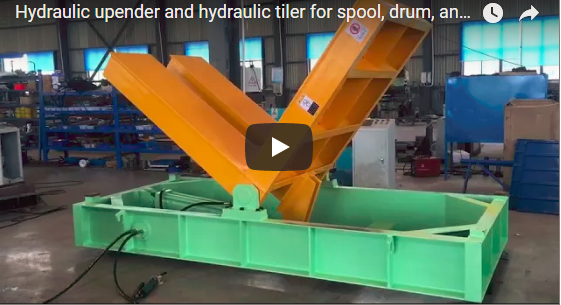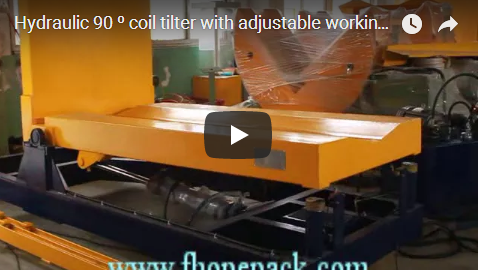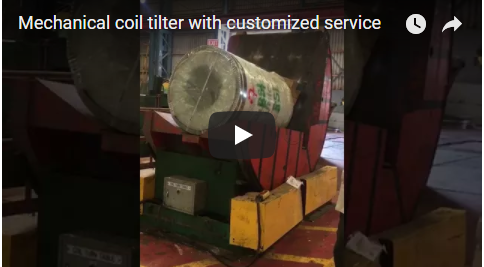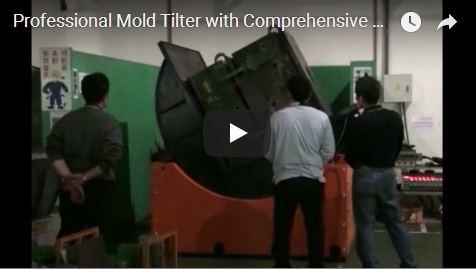Streamlining Bulk Material Handling: The Role of Automatic Crate and Tote Dumpers in Modern Industry
Manual handling of bulk materials in crates and totes presents significant operational challenges, including risks to worker safety, process inefficiencies, and potential bottlenecks. Automatic Crate and Tote Dumpers, also known as bin tippers or hydraulic dumpers, offer a robust solution, automating the emptying process to enhance productivity, ergonomics, and overall workflow integration across various industrial sectors.
Understanding Automatic Dumper Technology
At its core, an automatic crate and tote dumper is electro-hydraulic or electro-mechanical equipment designed to securely lift, invert, and empty containers holding bulk materials into receiving equipment like hoppers, conveyors, or processing machinery. The design often incorporates principles outlined in material handling equipment patents, focusing on secure container clamping, controlled rotation, and fail-safe mechanisms (Ref: e.g., US Patent concepts for tipper safety interlocks).
Modern systems, such as those engineered by specialists like FHOPEPACK, emphasize:
- Advanced Control Systems: Utilizing PLCs (Programmable Logic Controllers) and HMIs (Human-Machine Interfaces) for precise control over dump angle, speed, and cycle initiation. This allows for recipe management and integration into larger automated lines.
- Operator Visibility and Safety: Incorporating safety cages, light curtains, emergency stops, and hydraulic velocity fuses align with OSHA and ANSI B11 standards for machine guarding and operational safety. Clear visibility during the dump cycle is paramount.
- Ergonomic Design: By automating the heavy lifting and awkward postures associated with manual dumping, these machines significantly reduce the risk of musculoskeletal disorders (MSDs), a major concern highlighted in numerous ergonomic studies within the material handling industry.
Key Performance Specifications and Features
Selecting the appropriate dumper requires careful consideration of operational parameters:
- Load Capacity: Ranging from light-duty applications to heavy industrial loads, with capacities often exceeding 2000 kg (4,400 lbs).
- Dump Height: Customizable to interface with various receiving equipment, commonly reaching heights of 3 meters (approx. 10 feet) or more.
- Cycle Time: Engineered for efficiency, typical cycle times (load, lift, dump, return) range from 30 to 90 seconds, depending on load and height.
- Materials of Construction: Standard options include powder-coated steel, with stainless steel (e.g., 304 or 316L) available for hygienic environments like food processing and pharmaceuticals, ensuring compliance with FDA/GMP standards.
- Container Compatibility: Designed to handle a variety of container types and sizes, including standard crates, totes, bins, drums, and Gaylords, often with adjustable clamping mechanisms.
- Power Options: Typically hydraulic power units, though fully electric options are available for specific environments.
- Safety Features: Comprehensive guarding, interlocking doors, controlled descent, secure clamping systems.
Applications Across Industrial Sectors
The versatility of automatic dumpers makes them invaluable in diverse operational contexts:
Recycling and Waste Management
In high-volume recycling centers, tote dumpers are critical for efficiently feeding materials like scrap metal, plastics, or paper into sorting lines, balers, or shredders. The ability to handle heavy loads (up to 2000 kg) and rapid cycle times reduces bottlenecks and manual labor exposure to potentially hazardous materials. Robust construction ensures longevity in demanding environments.
Food and Beverage Processing
Essential for handling bulk ingredients like grains, powders, spices, fruits, and vegetables. Stainless steel construction and washdown-rated designs meet stringent hygiene requirements (e.g., HACCP, FSMA). Gentle handling options and controlled pouring minimize product degradation and dust generation. They seamlessly integrate with mixers, blenders, and packaging lines, improving throughput, particularly during peak seasons. Research indicates significant reductions in manual handling time and associated labor costs in these applications.
Pharmaceutical and Chemical Industries
Precision and containment are key. Dumpers in these sectors often feature polished stainless steel, dust containment hoods, and validation documentation support. They handle drums and specialized containers, ensuring safe transfer of active pharmaceutical ingredients (APIs) or chemicals into reactors or mixing vessels. Explosion-proof configurations are available for hazardous environments.
Logistics and Distribution Centers
Automation of crate and tote handling streamlines decanting, loading, and unloading processes. Handling significant weight and varying dimensions optimizes workflows in distribution hubs. Integration with conveyor systems or AGVs (Automated Guided Vehicles) further enhances warehouse automation, improving inventory flow and reducing reliance on forklift operations for specific tasks. Studies on warehouse automation consistently point to dumpers as key enablers for efficiency gains.
General Manufacturing
From feeding parts onto assembly lines to handling process by-products, automatic dumpers reduce manual labor and improve process consistency. Their adaptability to different container sizes makes them suitable for varied manufacturing environments dealing with components, raw materials, or waste streams.
Conclusion: Investing in Efficiency and Safety
Automatic crate and tote dumpers represent a significant advancement over manual material handling methods. By leveraging automation, businesses can achieve substantial improvements in operational efficiency, reduce labor costs, enhance worker safety by mitigating ergonomic risks, and ensure greater process control and hygiene. As industries continue to pursue automation and operational excellence, the strategic implementation of advanced dumping technology, supported by robust design and adherence to safety standards, will remain a cornerstone of efficient and safe bulk material handling.






